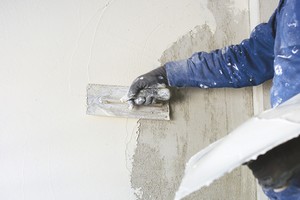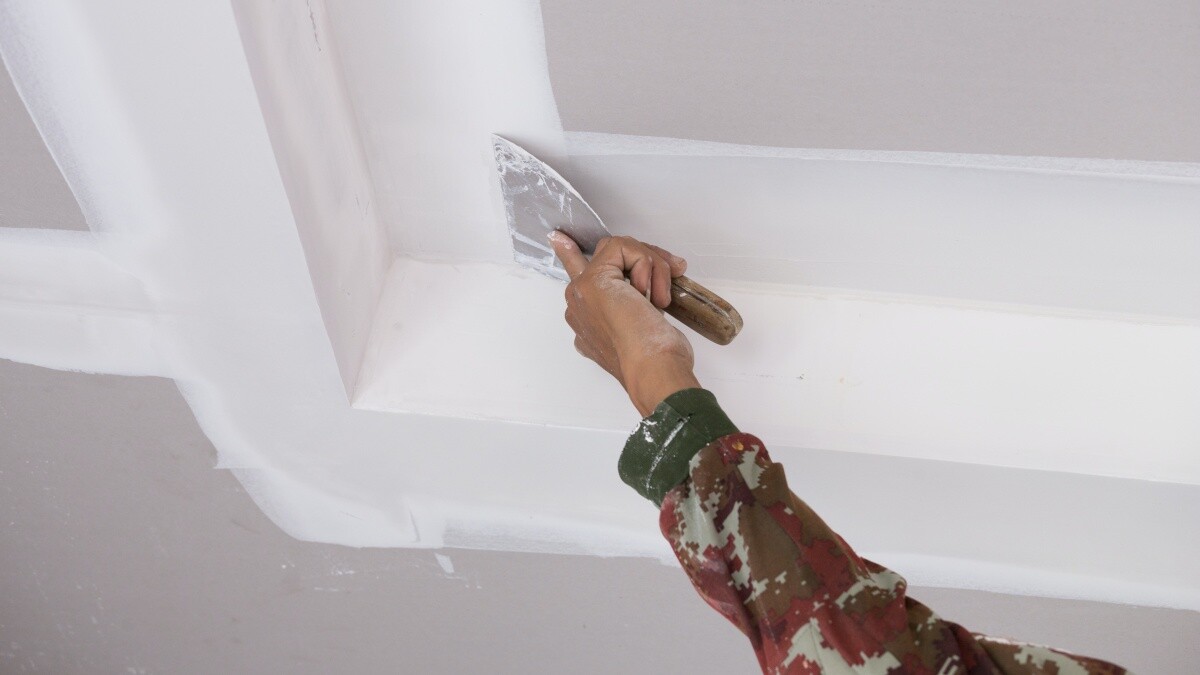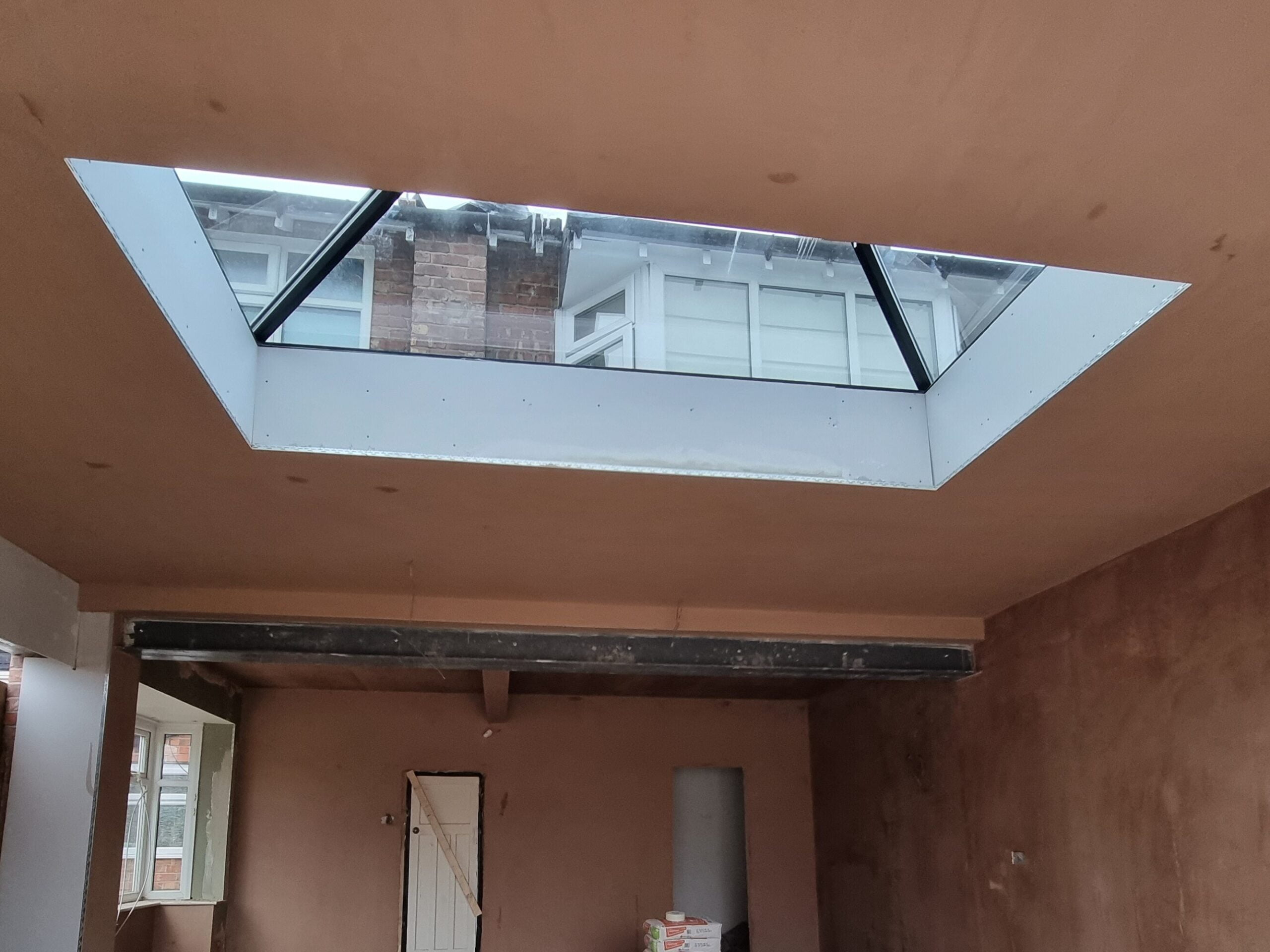Plastering Repair Service: Quick and Budget Friendly Solutions for Fractures and Damage
Plastering Repair Service: Quick and Budget Friendly Solutions for Fractures and Damage
Blog Article
A Comprehensive Guide to Mastering Plastering Abilities for Your Improvement Needs

Necessary Tools and Products
Numerous essential devices offer unique purposes, ensuring efficiency and precision throughout the gluing procedure. A top quality trowel, for circumstances, is crucial for smoothing and applying plaster, while a hawk offers a stable platform for holding the product.
In addition to tools, choosing the appropriate plastering products is important. Gypsum-based plasters are generally favored for their adaptability and ease of usage, while cement-based choices are suitable for exterior applications due to their resilience. Water and bonding agents play considerable roles in attaining appropriate consistency and adhesion, making sure that the plaster adheres successfully to the surface area.
In addition, safety equipment such as masks, handwear covers, and safety glasses is necessary to protect versus dust and irritation during the application process. By setting up the right mix of materials and tools, plasterers can enhance their ability and create top notch coatings, eventually boosting the total craftsmanship of their work.
Preparing Surfaces for Smudging
Achieving a resilient and smooth plaster finish begins with meticulous preparation of the surfaces to be plastered. This fundamental action is essential to ensuring adhesion and the long life of the plaster. Begin by analyzing the condition of the substratum-- whether it is concrete, masonry, or drywall-- removing any loose paint, dirt, or particles that might hinder bonding.
Next, fix any imperfections such as cracks or openings. Use an appropriate filler to accomplish a level surface; this can be critical for preventing future issues. As soon as fixed, make sure the surface is dry and clean, as wetness can jeopardize plaster adherence.
For permeable surfaces, it is advisable to apply a bonding representative. This item boosts bond and creates a dependable interface in between the plaster and substrate. If working with previously plastered surfaces, it might be essential to scuff or sand the area lightly to supply a trick for the new plaster layer.
Smudging Methods and Tips
Grasping smudging strategies calls for both ability and practice to attain a flawless finish. One crucial strategy is the application of the plaster in numerous thin layers, rather than a solitary thick coat.
When using the surface layer, use a shoveling technique that includes holding the trowel at a minor angle and functioning in a round motion. This helps to create a smooth surface and reduces the look of trowel marks. In addition, keep a spray bottle of water helpful to haze the surface area gently; this keeps the plaster practical and enables smoother finishing.
Timing is crucial; job efficiently, as the plaster begins to set. Once the plaster has firmed up but is still damp, make use of a moist sponge to delicately smooth the surface even more. Finally, permit adequate drying out time before fining sand or painting, ensuring your difficult work results in a specialist, premium surface.
Typical Blunders to Stay Clear Of

An additional typical error is using plaster also thickly. Overzealous applications can bring about splitting and extended drying times. It's necessary to use plaster in slim, even layers, permitting each layer to completely dry properly before adding a lot more.
Furthermore, not making use of the right devices can prevent the quality of the finish. Using improper trowels or mixers can produce disparities in the plastering procedure. Constantly select top quality devices made for smudging tasks.
Lastly, numerous individuals take too lightly the importance of timing. Operating in inappropriate temperature levels or humidity levels can negatively affect plaster treating and drying out. It is recommended to check weather and adapt your routine appropriately.
Ending Up Touches for a Professional Look
The final phases of a plastering project are crucial for accomplishing a refined, expert appearance. When the plaster has dried out adequately, the next step is to analyze the surface for flaws.
After sanding, it's advisable to clean the surface area to remove any dirt and particles. A damp fabric works for this objective, followed by an extensive drying out duration. If needed, using a thin layer of finishing plaster can enhance the surface even more, supplying a smooth coating.
As soon as the look at here now ending up plaster is completely dry, another round of sanding might be required to achieve the preferred smoothness. Lastly, consider applying a primer before paint or wallpapering, which will improve adhesion and resilience.
Final Thought
Mastering gluing skills substantially improves the high quality of restoration projects. A complete understanding of crucial tools, surface prep work, and effective strategies is crucial for accomplishing specialist outcomes. Awareness of usual mistakes permits the evasion of pricey mistakes, while attention to finishing touches makes sure a sleek look. Inevitably, the combination of these aspects adds to the creation of smooth, resilient surface areas that boost the visual value of any kind of space, underscoring the significance of skillful plastering in home improvement undertakings.
Water and bonding representatives play considerable functions in achieving proper uniformity and adhesion, making sure that the plaster sticks successfully to the surface. Plastering.


In addition, keep a spray bottle of water useful to mist the surface area gently; this maintains the plaster convenient and permits for smoother finishing. (Plastering)
If required, applying a slim layer of ending learn the facts here now up plaster can boost the surface additionally, offering a smooth coating.
Report this page